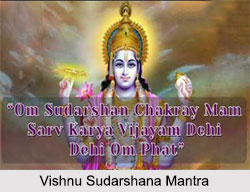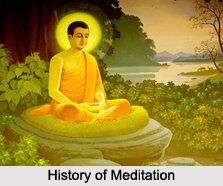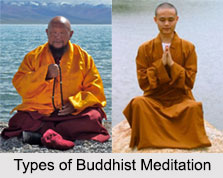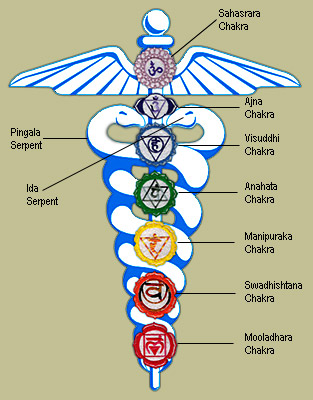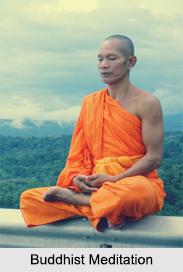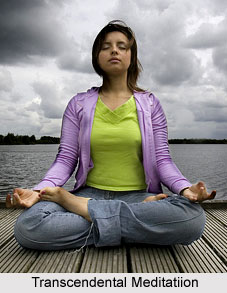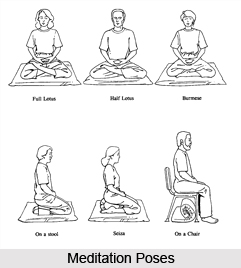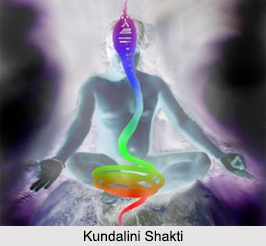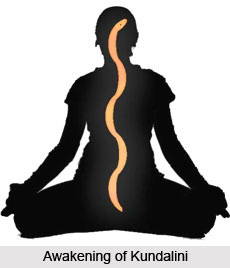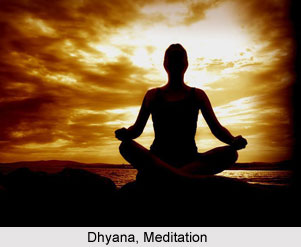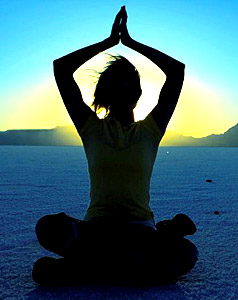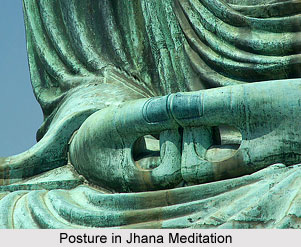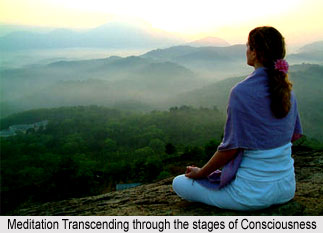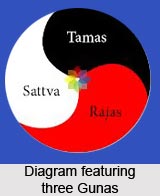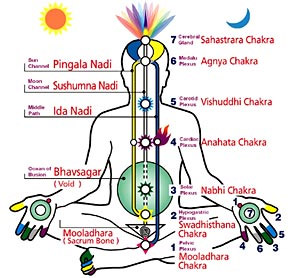 Nadis are the specific channels where the ego or ahamkara flows in subtle human body. The ego does not actually reside in the physical body, because it is not a physical element. Nadis are considered as the ethereal nerves in Kundalini meditation form and is the carrier of the ego.
Nadis are the specific channels where the ego or ahamkara flows in subtle human body. The ego does not actually reside in the physical body, because it is not a physical element. Nadis are considered as the ethereal nerves in Kundalini meditation form and is the carrier of the ego.
There are around 72,000 Nadis in a human body that act as conduits for prana, which is closely associated with the ego. Following the numerology, 72,000 means 7 + 2 = 9, signifying the Nine Doors through which prana can enter or leave the body. Most of the Nadis begin or terminate at these Doors, which are the sense organs, namely the two eyes, the two nostrils, the two ears, the mouth, the anus, and the genital organ.
The Prana moves with the breaths and enkindles the body`s fire and the mind is carried out through these Doors by prana so that it can experience the realistic world. Control of the Nadis enables an individual to control the ego, the mind and the senses. Of these thousands of Nadis three are most important are the Surya Nadi or the `sun channel`, the Chandra Nadi or the `moon channel`, and Sushumna Nadi or the `fire channel`. The right nostril is related to the Surya Nadi, and the left nostril to the Chandra Nadi. Sushumna is closely associated with the spine and spinal cord.
On the physical level there is a physical body, on the subtle level there prevails a Nadi, and they almost occupy the same space, thus influencing one another. When the Surya Nadi heats things up, the Chandra Nadi causes them to cool down. The right nostril is known as Ganga. It works more efficiently than the left nostril. It deals with appetites for food and other enjoyments of materialistic life. The left nostril is called Yamuna and works more efficiently than the right nostril. Thus the opposite effect is produced, resulting the body to cool down, relax and also decreases the appetite.
The Nadis meet and connect with one another at delicate plexuses called Chakras. The Chakras exist only in the subtle body and are detectable only to the enlightened mind. The Chakras have various shapes and colors. These Chakras are often used as a seat of meditation. While meditating directly on Chakras, the person runs a great risk of exciting the nerves and Nadis in the area. The Mooladhara Chakra is at the perineum, but it is very difficult to locate this Chakra. If meditated without knowing about these elements, one shall merely inflame the nerves in the perineum and intensify the force of Apana that is the downward-moving form of prana.
There are five varieties of prana in the body, namely the Apana, which throws things out; Samana, which assimilates; Vyana that circulates and distributes; and Udana, which expresses, especially in speech. Each of these forms appears in a different part of the body. Udana is in the head, Apana in the pelvic region, and so on. Any obstruction to the free flow of these five pranas causes imbalance and disease. Prana and Chakras are closely related; any reaction on the either part can affect the other one. When Kundalini Shakti begins to awake, a tremendous rush of energy is released.
